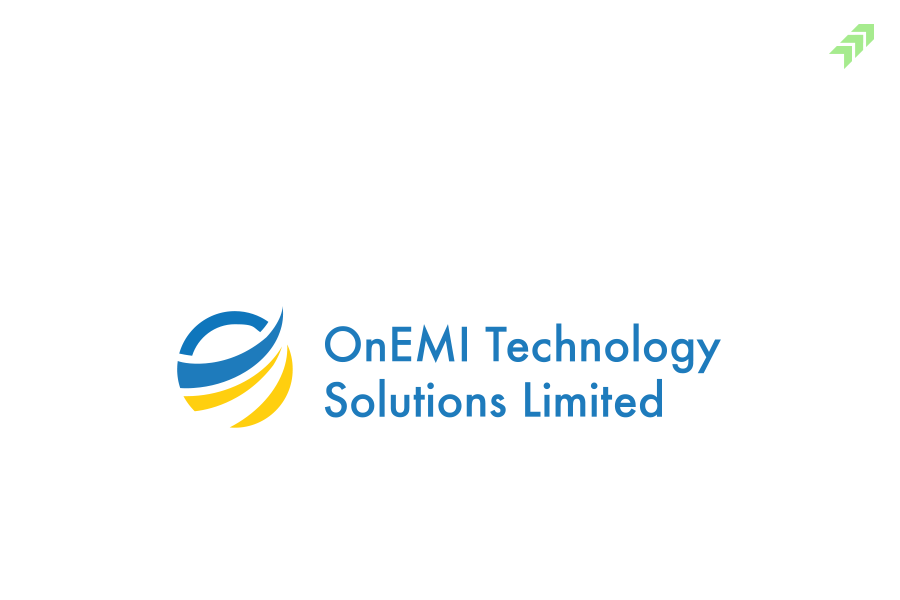BSE, the leading stock exchange, has announced in a filing with the exchange that the company will consider a share buyback proposal on July 6, leading to a 7.5% increase in underlying at closing on the NSE. BSE Limited has declared a buyback of its fully paid-up equity shares of Rs 2 each, marking the first time in four years. The stock on buyback news rose over 5% to Rs 644 intraday, with a year-to-date appreciation of approximately 21%. Share buybacks are used by companies to enhance the value of their remaining shares by limiting supply.
If the buyback proposal is approved at the upcoming meeting, it will be BSE’s third share repurchase since January 2017. BSE has previously completed a Rs 166 crore buyback in 2018 and a tender route buyback worth Rs 460 crore in 2019.
As of the second trading day of July, BSE held a market cap of more than Rs. 9000 crore and, as of March 2023, held reserves and a surplus of Rs. 2674.06 crore on a consolidated basis. BSE has previously declared a 2:1 bonus issue for 2022. Share buybacks generate additional shareholder value and have a positive impact on the share price. Share buybacks are tax-efficient and used when a company has excess cash but no long-term projects to invest in, increasing promoter holdings and rewarding shareholders.
Earlier in May, the BSE relaunched Sensex and Bankex derivative contracts to boost trading at the country’s premier bourse. The relaunch includes a reduced lot size for futures and options to 15 and a new expiration cycle of Friday. Consequently, the National Stock Exchange (NSE), on being requested by the BSE, scrapped plans to shift the expiry of Nifty Bank derivative contracts to Friday from Thursday. NSE’s Nifty and Bank Nifty contracts expire on Thursday, and BSE believes this could impact the growth of Sensex and Bankex derivatives. The joint statement aims to avoid concentration risks and promote balanced market development.
Total revenue on an annual basis has increased year on year at a rate of 11%, but net profit has seen a decrease Y-o-Y of 13%. On a quarterly basis, both revenue and profit have seen growth of 10% and 70%, respectively.
| P&L | FY 2023 | FY 2022 | FY 2021 | FY 2020 | FY 2019 |
| Total Revenue | 953.94 | 863.53 | 654.65 | 630 | 687.44 |
| Total Revenue Growth (%) | +10.47 | +31.91 | +3.91 | -8.36 | -1.64 |
| Total Expenses | 705.91 | 600.45 | 530.7 | 553.2 | 485.63 |
| Total Expenses Growth (%) | +17.56 | +13.14 | -4.07 | +13.91 | +8.88 |
| Profit after Tax (PAT) | 220.67 | 254.33 | 144.9 | 122.27 | 199.28 |
| PAT Growth (%) | -13.23 | +75.52 | +18.51 | -38.64 | -71.61 |
| Operating Profit Margin (%) | 29.79 | 38.38 | 26.77 | 17.57 | 45 |
| Net Profit Margin (%) | 23.86 | 34.22 | 28.9 | 27.14 | 44.25 |


















No comment yet, add your voice below!